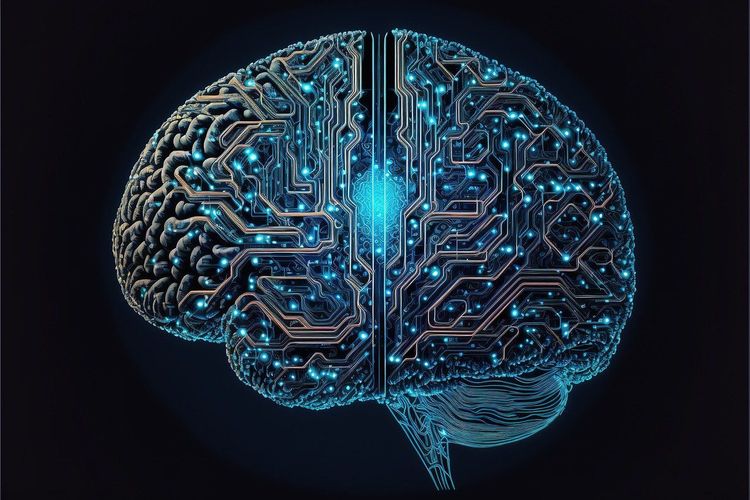Recently, NVIDIA announced the launch of the optimized Llama-3.1-Nemotron-51B AI model, based on Meta's Llama-3.1-70B architecture. This innovative AI model utilizes cutting-edge Neural Architecture Search (NAS) technology to significantly enhance computational efficiency while maintaining high accuracy, enabling a single H100 GPU to handle large tasks that typically require more substantial hardware resources.
The Llama-3.1-Nemotron-51B model retains the robust capabilities of its predecessor, Llama-3.1-70B, with its parameter size reduced to 51 billion. Through meticulous fine-tuning using NAS, this model not only decreases memory consumption and computational complexity but also significantly lowers operational costs. NVIDIA reports that the optimized model delivers a 2.2 times improvement in inference speed compared to the original 70B version, showcasing exceptional energy efficiency.
In various benchmark tests, the Llama-3.1-Nemotron-51B excelled in tasks such as MT Bench, MMLU, text generation, and summarization, maintaining near-original accuracy while greatly enhancing processing speed. The model can manage larger workloads on a single H100 GPU, achieving over four times the performance.
This achievement stems from NVIDIA's extensive exploration in architectural optimization. The team implemented techniques like block distillation and knowledge distillation, training smaller "student" models to replicate the capabilities of larger "teacher" models. This approach substantially reduces resource requirements while preserving accuracy. Additionally, the application of the Puzzle algorithm optimizes different blocks through scoring and configuration, striking an optimal balance between speed and precision.
NVIDIA emphasizes that the introduction of Llama-3.1-Nemotron-51B brings innovative breakthroughs to the AI field, offering more efficient and cost-effective solutions for real-world applications. As AI technology continues to evolve, enhancing computational efficiency while maintaining accuracy remains a focal point for the industry. NVIDIA’s innovation provides new insights and directions for addressing this challenge.
Looking ahead, NVIDIA plans to intensify its research and innovation efforts in AI technology, driving its application and development across various domains. The release of the Llama-3.1-Nemotron-51B model marks a significant step forward for NVIDIA in this rapidly advancing field.







